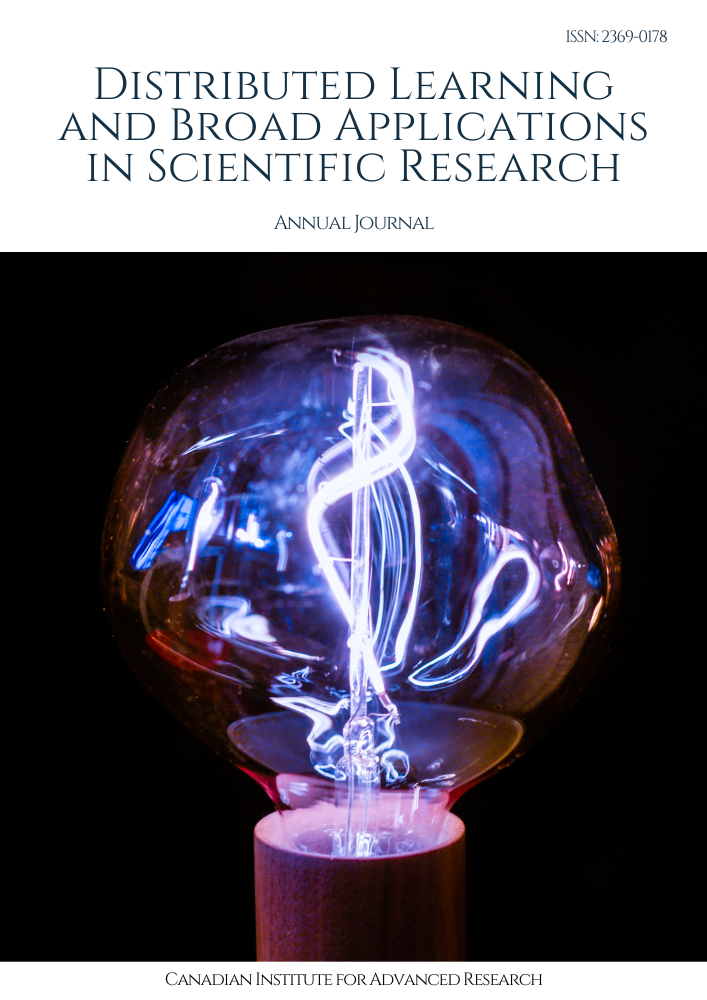Biologically-inspired Vision Models - Visual Computing: Investigating biologically-inspired vision models for developing computer vision systems that mimic the human visual system
Keywords:
Biologically-inspired, Vision Models, Visual ComputingAbstract
Biologically-inspired vision models offer promising avenues for advancing computer vision systems, aiming to replicate the remarkable capabilities of the human visual system. This paper explores the state-of-the-art in biologically-inspired vision models and their application in visual computing. We examine key concepts from neuroscience and psychology that inform these models, such as hierarchical processing, attention mechanisms, and motion perception. Additionally, we discuss various computational models, including Convolutional Neural Networks (CNNs), Sparse Coding, and Dynamic Vision Models, highlighting their strengths and limitations. Furthermore, we explore how these models are utilized in practical applications, such as image recognition, object detection, and scene understanding. Through this analysis, we provide insights into the current landscape of biologically-inspired vision models and their potential for shaping the future of computer vision.
Downloads
Downloads
Published
Issue
Section
License
License Terms
Ownership and Licensing:
Authors of research papers submitted to Distributed Learning and Broad Applications in Scientific Research retain the copyright of their work while granting the journal certain rights. Authors maintain ownership of the copyright and have granted the journal a right of first publication. Simultaneously, authors agree to license their research papers under the Creative Commons Attribution-NonCommercial-ShareAlike 4.0 International (CC BY-NC-SA 4.0) License.
License Permissions:
Under the CC BY-NC-SA 4.0 License, others are permitted to share and adapt the work, as long as proper attribution is given to the authors and acknowledgement is made of the initial publication in the journal. This license allows for the broad dissemination and utilization of research papers.
Additional Distribution Arrangements:
Authors are free to enter into separate contractual arrangements for the non-exclusive distribution of the journal's published version of the work. This may include posting the work to institutional repositories, publishing it in journals or books, or other forms of dissemination. In such cases, authors are requested to acknowledge the initial publication of the work in this journal.
Online Posting:
Authors are encouraged to share their work online, including in institutional repositories, disciplinary repositories, or on their personal websites. This permission applies both prior to and during the submission process to the journal. Online sharing enhances the visibility and accessibility of the research papers.
Responsibility and Liability:
Authors are responsible for ensuring that their research papers do not infringe upon the copyright, privacy, or other rights of any third party. Scientific Research Canada disclaims any liability or responsibility for any copyright infringement or violation of third-party rights in the research papers.
If you have any questions or concerns regarding these license terms, please contact us at editor@dlabi.org.



